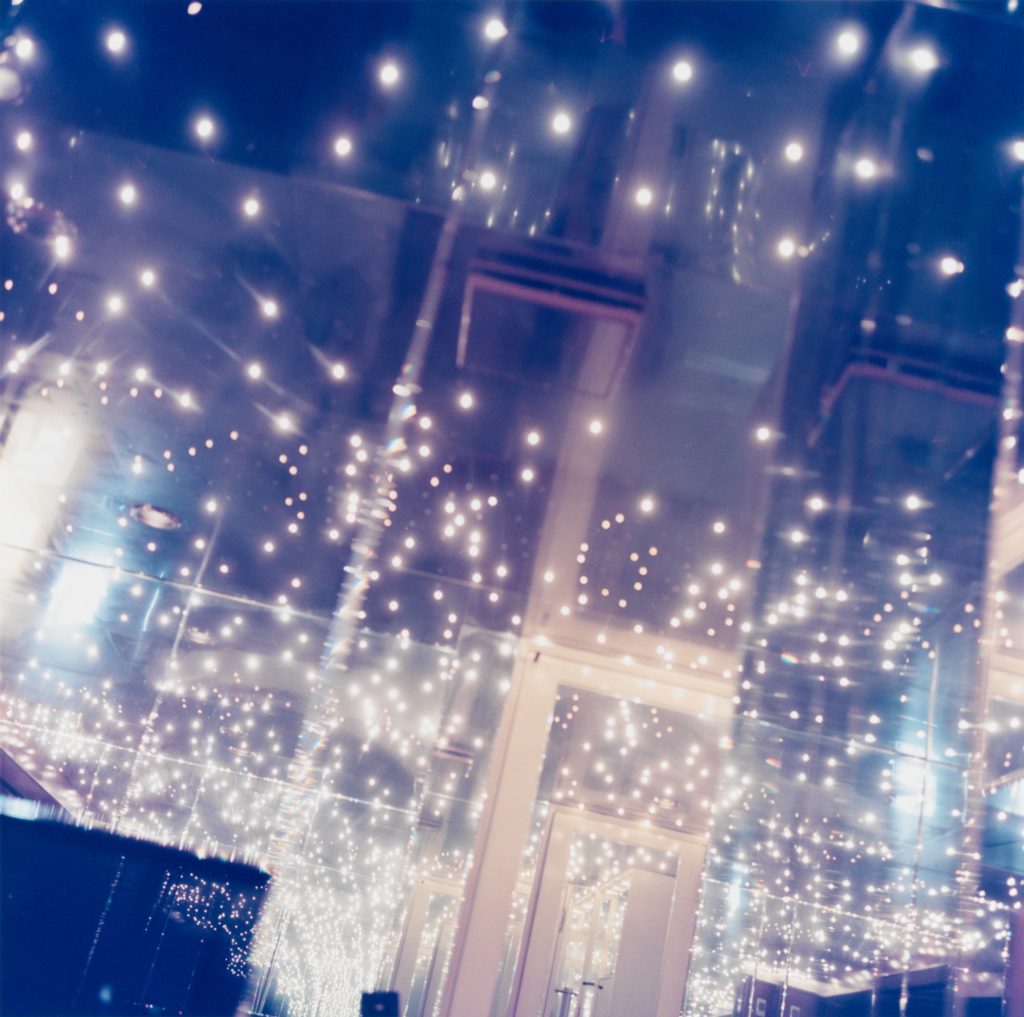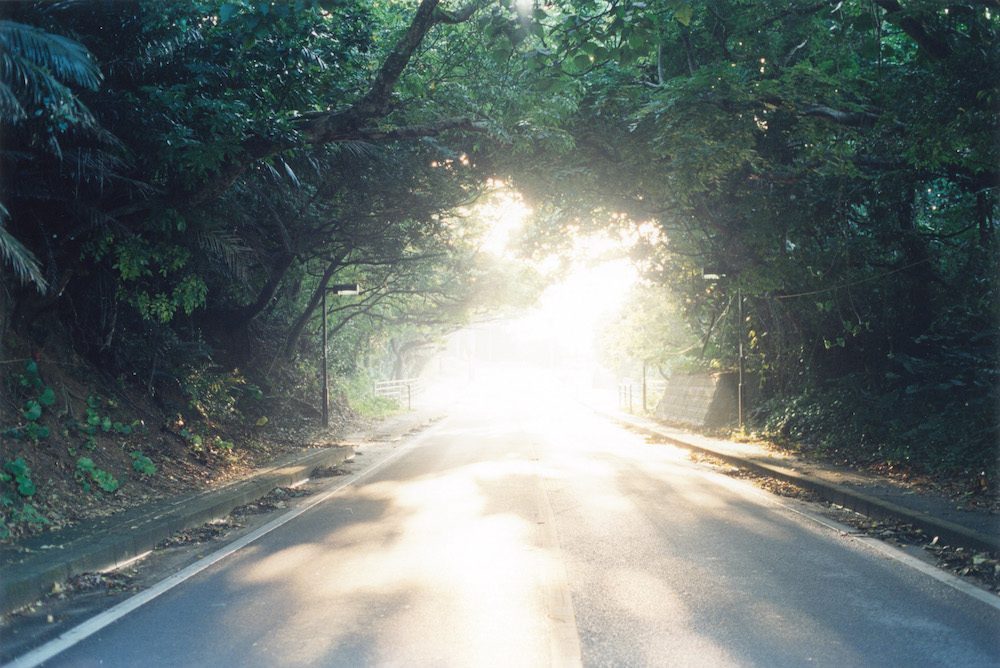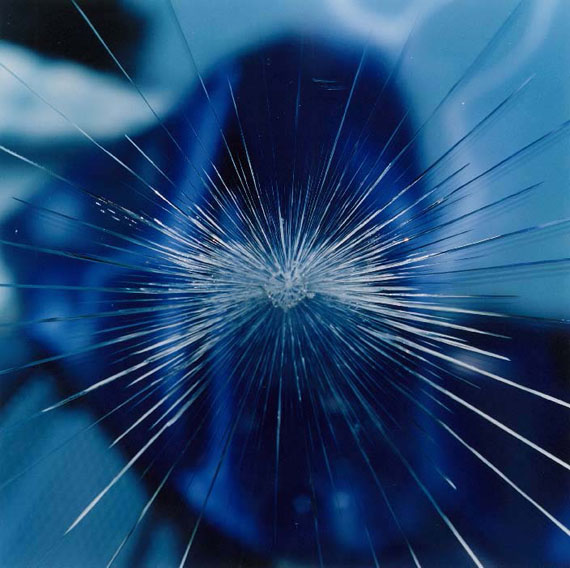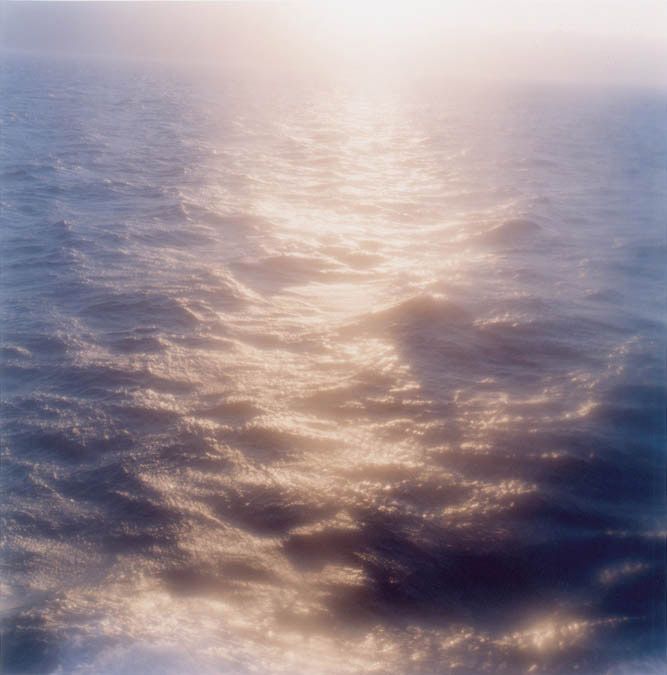Rinko Kawauchi is a Japanese photographer with an incredibly unique photographic style, especially within her book Illuminance, which explores light, shape, and colour through a variety of mainly abstract images. The images are placed in the book without any kind of titles or explanation given to the reader, instead allowing them to interpret the compositions on their own.


Her images are often soft and dreamlike, sometimes overexposed, placing a focus on the way lighting is used throughout the project. By using a film camera, Kawauchi is able to create timeless images, capturing immense amounts of detail and creating a physical attachment to the images created instead of the cold, methodical creation of digital images.

In Masatake Shinohara’s essay for Aperature regarding Kawauchi’s work, she says, ‘Her act of photographing is less a way of referring to the appearance of everyday reality than it is a revealing of the luminous open space within which sensuous elements are free-floating. That is to say, in her practice, a sequence of photographs does not fix the appearance of everyday events, but rather evokes the realness of ambiguous ether that existed prior to the fixation of the predominant worldly setting.‘



This is one of my favourite images from the series, a simple shot showing sunlight reflecting off of the sea. I especially like the colours used, with the light yellow sun contrasting the shadows of the dark purple shadows created, making a harmonious and visually pleasing colour scheme. It is slightly blurred, once again tying into concepts of memories and dreams and parts of surrealist artwork. This image is from Kawauchi’s book Aila which was published in 2005. It explores the line between life and death through abstract photography, capturing everyday scenarios in breathtaking detail. In an article written by Christy Lange, Kawauchi’s intentions are analysed further, ‘by photographing them, Kawauchi makes the fleeting moments of life even more fragile – not less so – because she makes them static and visible for us. We can see them as we would in our mind’s eye – with the blurred and imperfect vision of memory.‘
You need to develop both your artists references on William Eggleston and Rinlo Kawauchi
1. Egglston – read material from CO Berlin and review the exhibition. Get quotes from Eggleston himself and other commentators on his practice and way of working
2. Kawauchi – explore if she has any connection/ inspiration with Eggleston. Bring in others comments on her work too
3. Produce separate Contextual study blog post on: History of colour photography, with specific focus on Thomas Sutton and the image he made for James Clerk Maxwell, Tartan ribbon, 1861. Vivex print (1937) from original negatives.
Read more here
https://www.scienceandmediamuseum.org.uk/objects-and-stories/history-colour-photography
Also research and write about Autochrome + colour transparancies
Click on blog post here and read stuff below with links to hyperlinks
https://hautlieucreative.co.uk/photo20al/2019/09/29/objects-planner/?preview_id=31330&preview_nonce=208cf60919&preview=true
Societe Jersiaise Photographic Archive was also a very accomplished photographer who experimented with early colour photography in the beginning of the 20th century. Read this essay by Archivist Patrick Cahill on Guiton’s still-life images of flowers in a vase and other domestic scenes using Autochrome – the first commercially available colour process. Produce a blog post that demonstrates your understanding autochrome and its colour process using Guiton’s images as illustrations.
Read Patrick Cahill’s: The Autochromes of Emile GuitonDownload
National Science and Media Museum: History of the Autochrome: the Dawn of Colour Photography
4. Societe Jersiaise Photo Archive: Pretend you looked at early colour photography at the photo-archive and reflect on your time spent at SJPA (what you learned about old photographic techniques and archive processes etc) For example, you did do some digitisation of colour transparencies – and have been employed professionally to continue to digitise Roger Long’ collection – all this work feeds into your A-level photography work on a subliminal level
More on Thomas Sutton a pioneer of many things photography who lived in St Brelade, Jersey
https://www.theislandwiki.org/index.php/Thomas_Sutton
More on Maxwell and Sutton working together to produce fisrt colour image
https://www.clerkmaxwellfoundation.org/html/first_colour_photographic_image.html